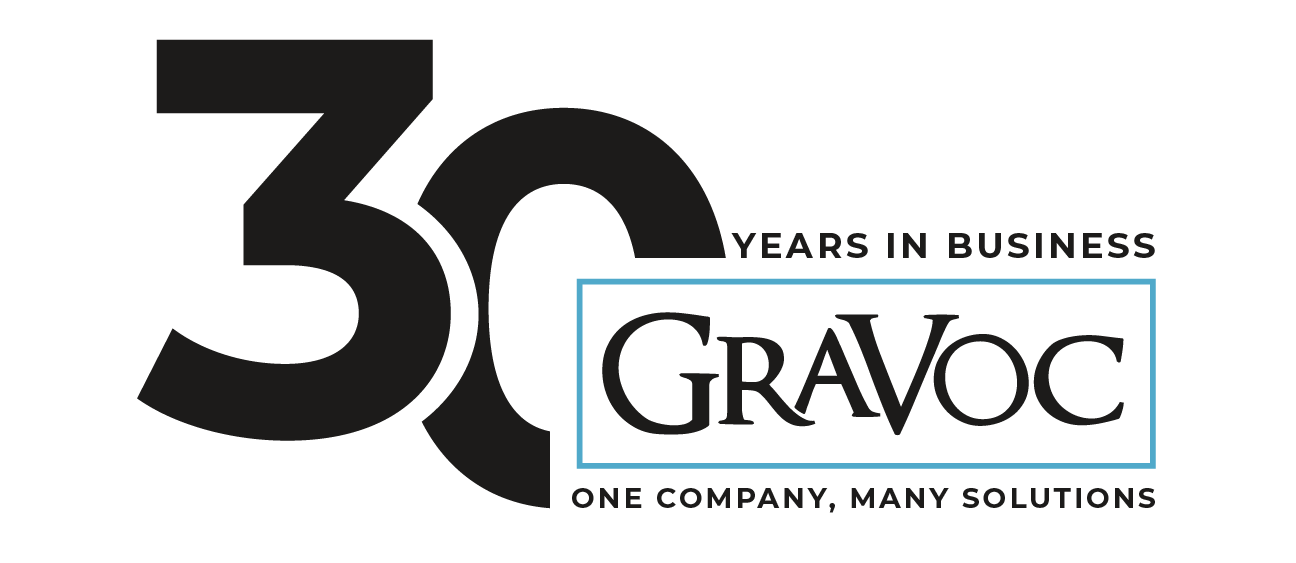I have estimated that I have been involved in 5,000+ business process improvement meetings over the last 10 years. I often hear buzzwords/phrases like “Visibility, “Collaboration”, “Efficient & Effective”, “Digital Transformation” etc. I also hear things like, “We want our employees spending less time on manual processes and more on strategic initiatives and innovation.”
Then why when it comes down to implementing a document management system when the ROI is in plain site (typical ROI within 6 months of implementation) do so many organizations have difficulty budgeting for it? It’s culture. Change is difficult. When we are able to do things a certain way and know how it works it’s natural to resist something new. Change hurts at first. It’s like that new diet when you start eating healthier and your body craves the old junk, but then after a few weeks you suddenly feel better, have more energy, get more done and see the impact it’s had on your life.
- Does your current system require a lot of touching, moving, & filing of documents?
- Are your approval processes manual and inefficient?
- Do you spend a lot of time doing data entry?
The Average Office:
- Makes 19 copies of each document.
- Spends $20 on labor to file each document.
- Spends $250 recreating each lost document.
- Spends $120 searching for every misfiled document.
- Loses 1 out of 20 office documents.
- Recent estimates show that an average office administrator will take 12 minutes to process a single document.
- Nine of these 12 minutes are spent searching for, retrieving and re-filing the document—meaning that only three minutes are spent actually using the information they’ve found.
(Data by: DataMax)
Average Office Savings Stats:
- EDI Group, Ltd. estimates a $1-5 savings per document after implementation.
- Gartner, Inc. estimates a 40% document-related cost reduction with document management systems.
- Laserfiche estimates a 20% time savings based on filing and retrieval efficiencies, eliminating misfiling and workflow efficiencies. Increased efficiency, as well as greater staff productivity, can save up to 6,000 hours annually, or 2.4 full-time staff positions.
- An IDC study has shown a five-year return on investment (ROI) of 404% for Document Management implementations. Half of the organizations in their study had a payback as early as six months.
- Forrester research did a recent study that shows a 68% ROI over 3 years.
10 Top Reasons to Go Paperless
- Eliminate unnecessary filing cabinets and off-site storage costs
- Minimize double and triple data entry and errors
- Increase visibility for better tracking and auditing
- Easily search and find documents to provide better customer service
- Streamline and improve productivity by as much as 40%
- Get remote-access to documents from any device
- Increase document security and control access
- Grow business without adding headcount
- Help the environment by going green
- Make life easier for everyone
In our next blog we will discuss the simple 3-Step Program to Paperless Efficiency, how to build the your business case, gain executive buy in, improve business process and save money.
To learn more about how to go paperless and streamline processes throughout your business, attend an educational webinar on DocLink, Document Management on Wednesday, January 23, 2019 at 1 pm (ET). Click below to register!
Related articles
For the Third Year in a Row, GraVoc to Attend Engage Boston as Silver Sponsor
For the third year in a row, GraVoc will attend Engage Boston as a silver sponsor, showcasing our pre-built tech solutions for Bullhorn ATS!
Employee Spotlight: Meet Tracy DeRosa, Practice Lead for Infrastructure & Cloud
In this employee spotlight, we’re featuring our Practice Lead for IT Infrastructure and Cloud and one of our oldest employees, Tracy DeRosa!
GraVoc to Attend DynamicsCon LIVE 2024 as Sponsor & Speaker
GraVoc is excited to be involved in DynamicsCon LIVE 2024, both as speaker and Patron Sponsor! Register with our custom code for 15% off.




